How to Build a Hügelkultur Garden Bed
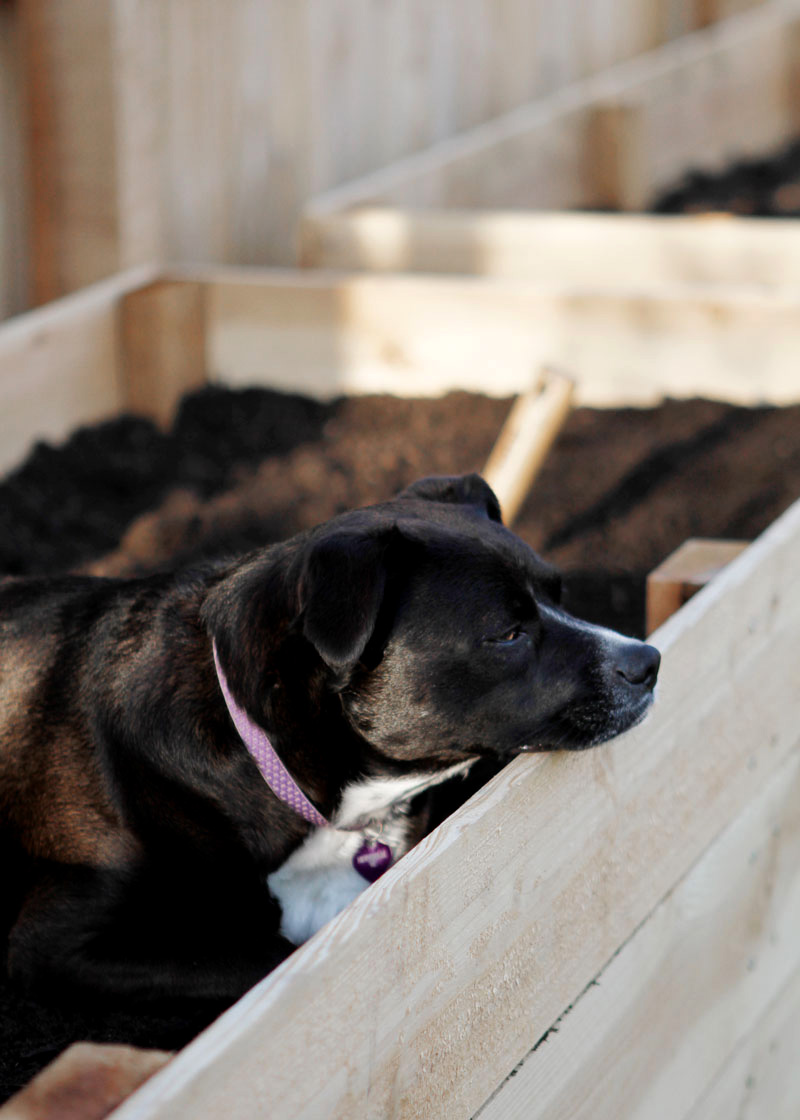
Applied since ancient times, Hügelkultur creates the richest and most fertile growing conditions. It is basically wood and organic matter that has been covered with soil and left alone to rot. Raised garden beds filled with Hügelkultur are loaded with organic material, nutrients, air pockets for roots, warm soil that prolongs growing seasons, and so much more!
The concept comes from the ancient Eastern European and Germanic peoples who mastered vertical gardening by using mounds made of decaying wood and plant debris. The same principles can be applied when filling modern-day raised garden beds. It’s an earth-friendly and cost-effective method. Most of the materials were gathered from our community recycling center that offers wood, mulch, finished compost, and other organic matter at no cost.
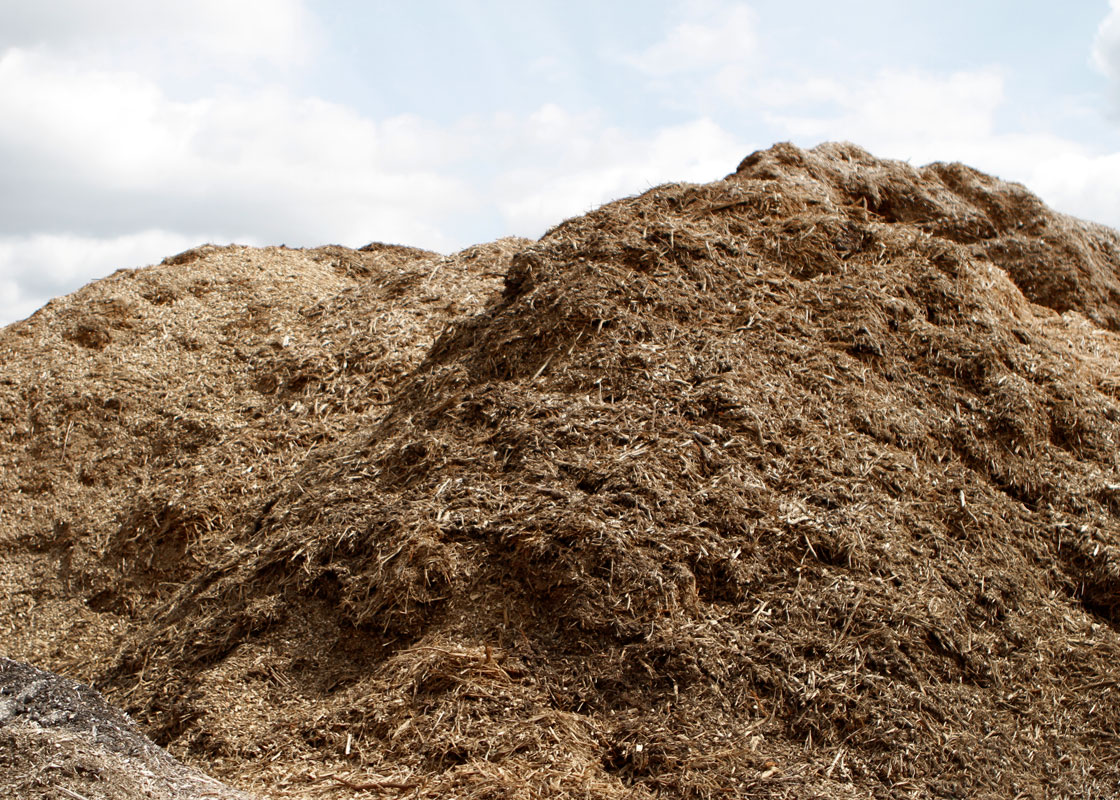
A mound of woodchip mulch at our local compost center.
Similar to a compost pile, the decaying biomass inside hügelbeds heats up and warms the soil. This can extend the season by allowing earlier planting in the spring and longer growing in the fall. The image below by Paul Wheaton depicts a hügelkultur mound.

Image by Paul Wheaton via richsoil.com
Affiliate Disclaimer
This website is supported by its audience and contains affiliate links. An affiliate link means I may earn advertising or referral fees at no extra cost to you if you make a purchase through these links. (read more)
Layer 1: Woodsy Materials
This layer is perfect for recycling tree waste. Incorporating logs, fallen branches, and twigs into a hügelbed is an efficient way to compost all that valuable wood. The woodsy layer will break down and release carbon, the main component of soil organic matter, which helps give soil its water-retention capacity, structure, and fertility.
CARDBOARD
Any cardboard that does not have a wax coating, shiny finish, tape (except brown paper tape with strings), or heavy print is considered clean and okay to use. After removing the tape and labels from cardboard it can be laid down to provide a compostable material for the garden that suppresses pesky weeds and grasses and develops a bumper crop of earthworms.
LOGS, BRANCHES, TWIGS, WOODCHIPS
Decomposing wood becomes soft, porous, and spongy. This spongy wood absorbs moisture that basically becomes a secret water reservoir. Plants seek out moisture and sink their roots into these half-rotten logs. The rotting wood also hosts beneficial fungi, bacteria, insects, worms, and microbial growth that create nutrients plants can use. Avoid woods known to be rot-resistant like cedar or black locust. Also, avoid black walnut because it releases a chemical into the soil that is toxic to some plants.
You can inoculate wood with mushroom spores to add even further to your food yield.
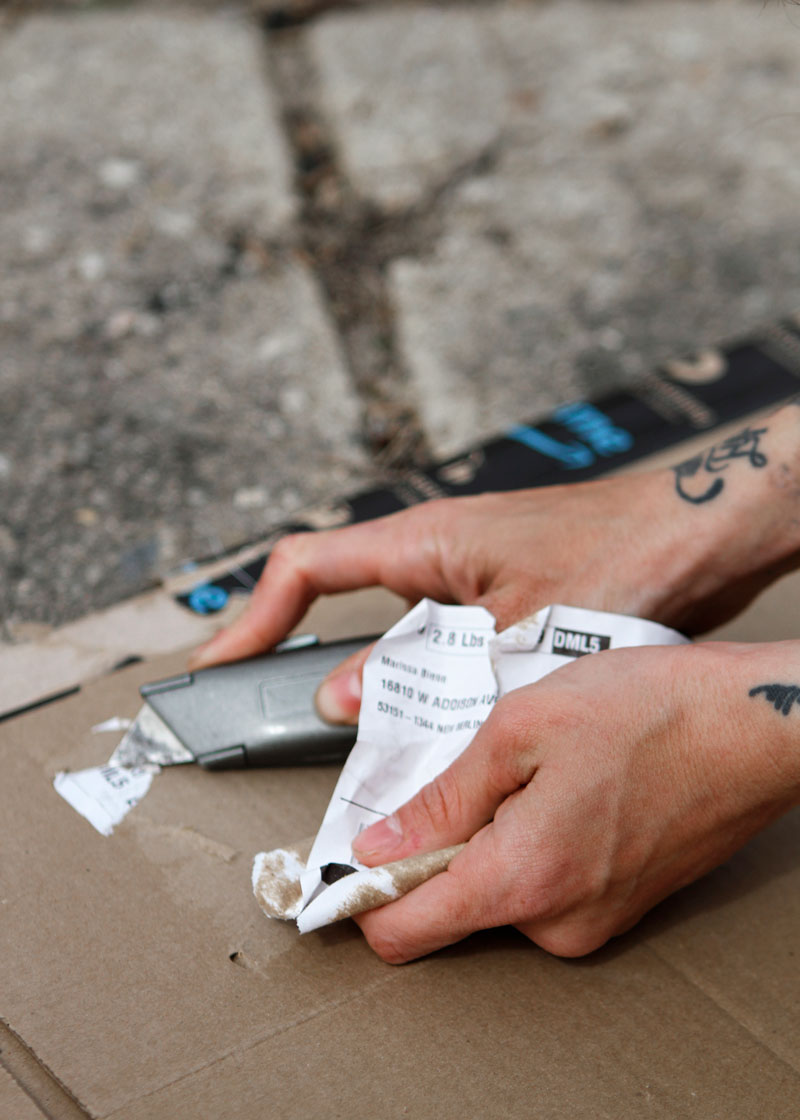
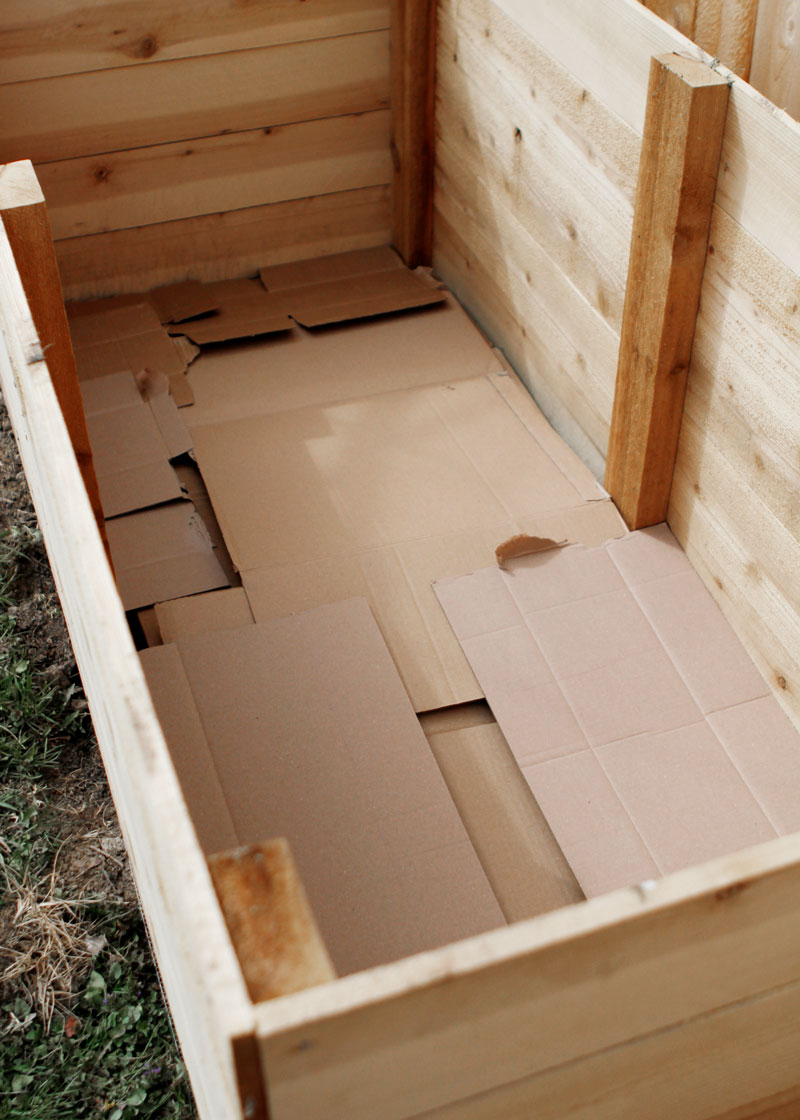
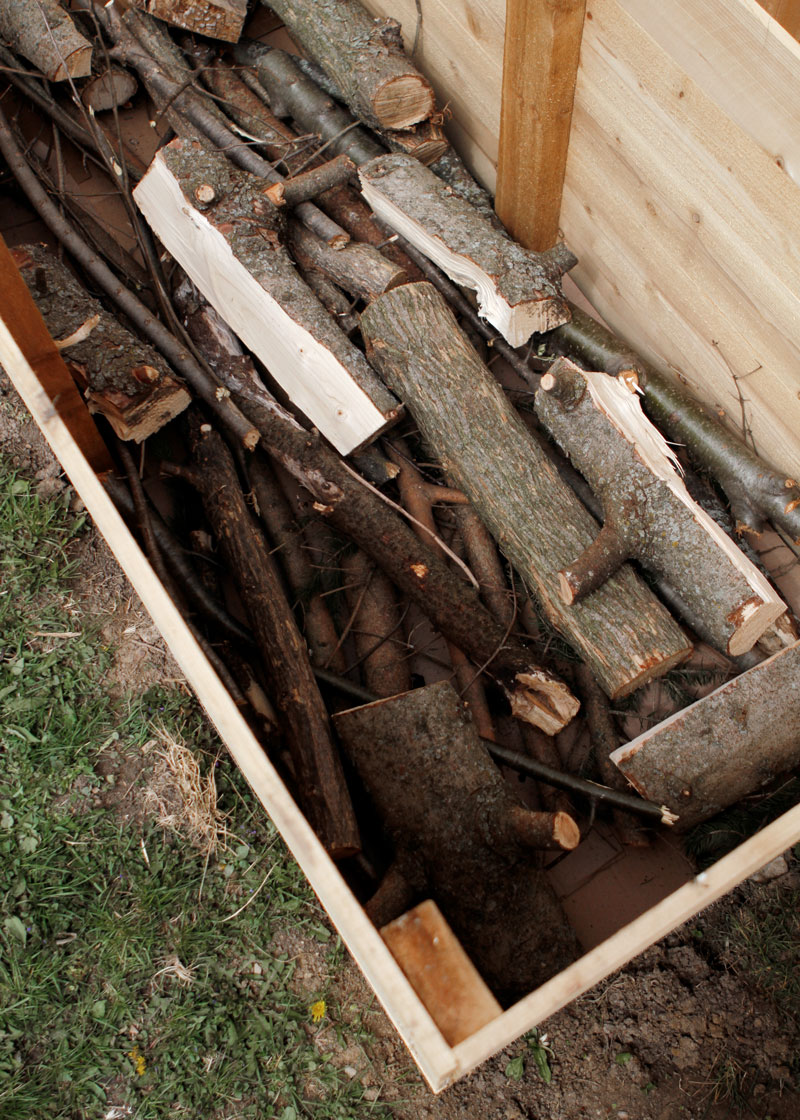
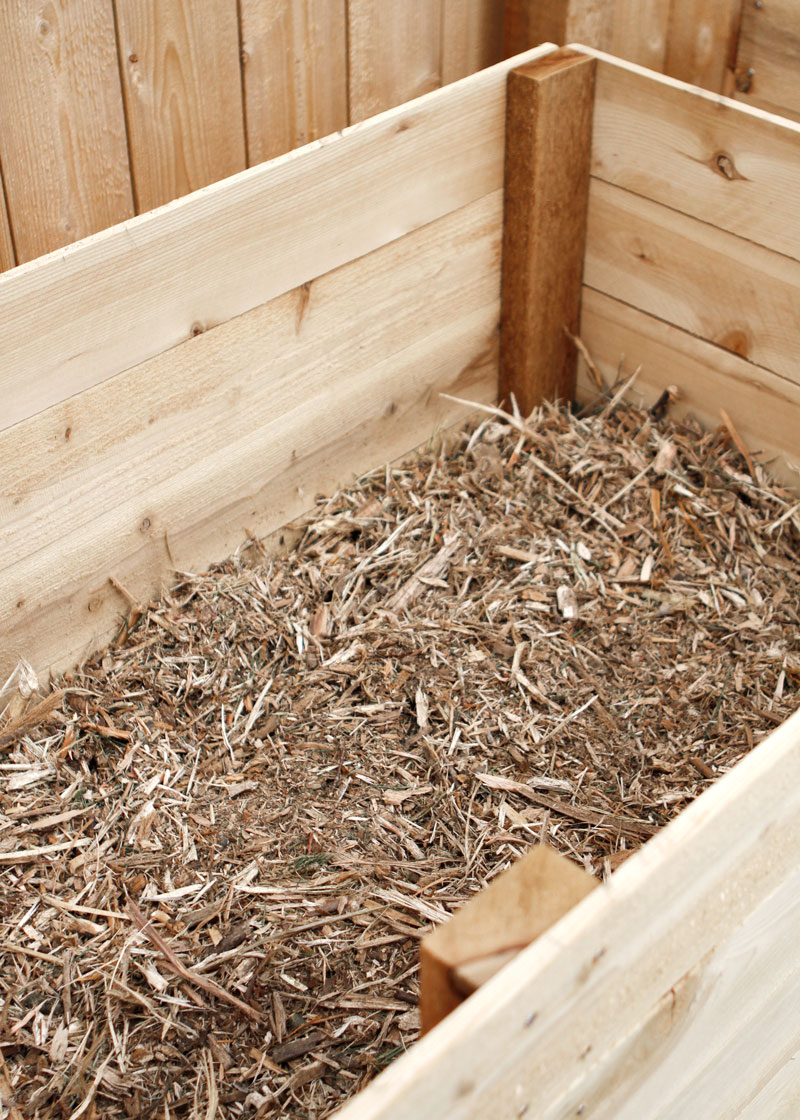
Layer 2: Green Waste
During the first year of a hügelbed, the decaying wood will rob nitrogen from the soil. The fresher the wood, the more nitrogen it will require as it breaks down. Eventually, it will put nitrogen back into the soil but in the meantime, a layer of green nitrogen-rich materials is needed. Instead of putting leaves and grass clippings in bags that are bound for the curb, fill them on top and around the wood layer to speed its decomposition process. Kitchen scraps like eggshells, coffee grounds, banana peels, or any food that you would add to your home compost can be added too.
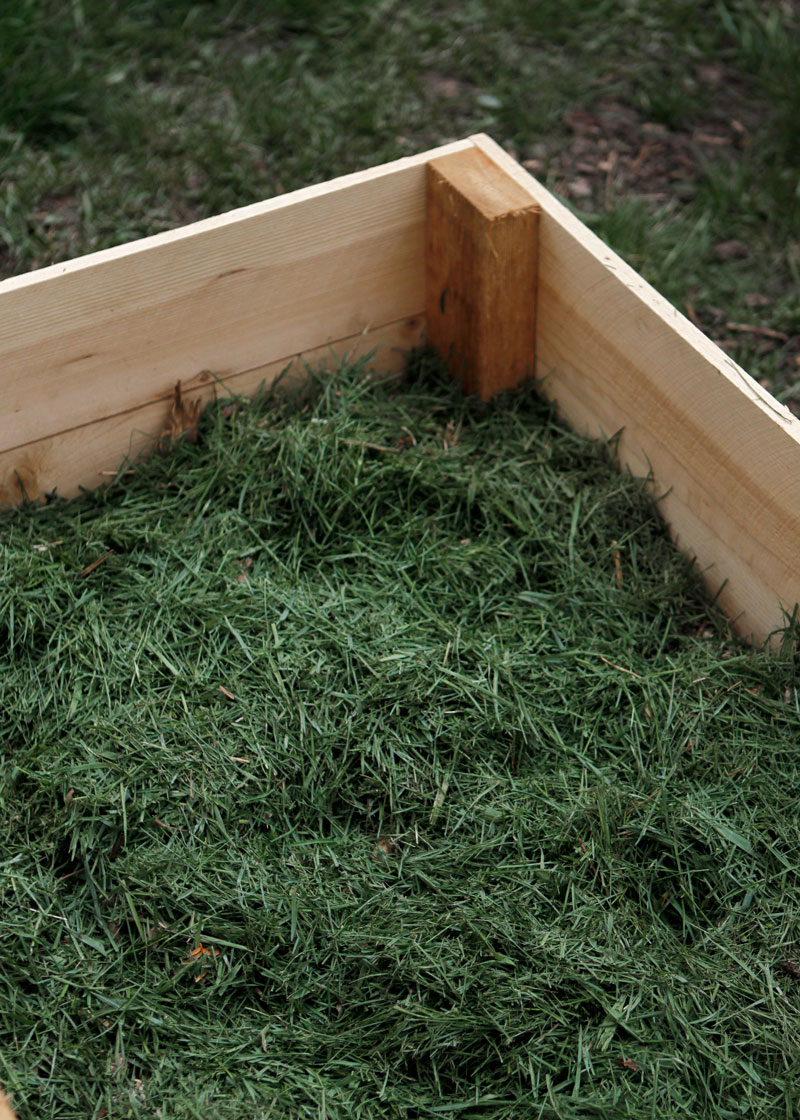
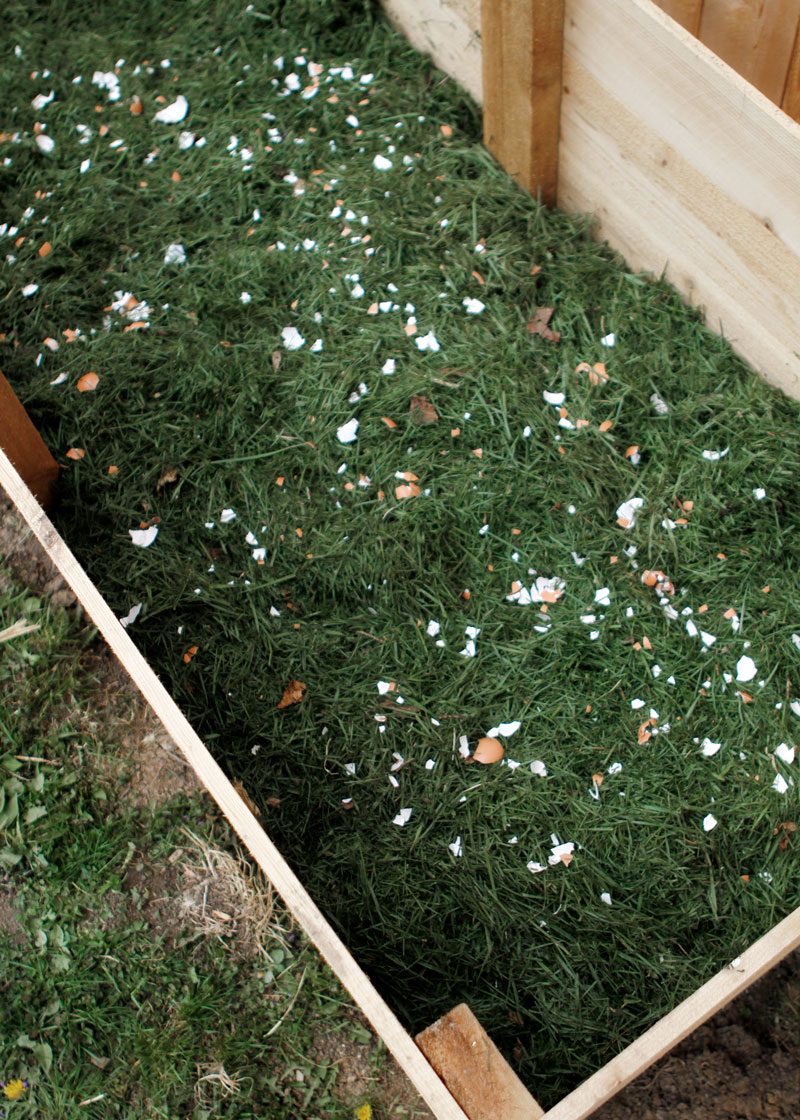
Layer 3: Soil Mixture
TOPSOIL, COMPOST, AGED MANURE
The ideal mix for soil is 50% topsoil, 30% compost, and 20% aged manure. Topsoil is the top layer of any soil above the bedrock and is the most nutrient-rich layer of naturally occurring soil. Topsoil does contain organic matter but not as much as plants need. Compost contains nutrients that act as natural fertilizers. It’s great for improving soil structure, reducing compaction, and improving water retention while simultaneously improving drainage. Aged manure conditions and enriches the soil with nutrients and increases soil carbon, which is an important source of energy that makes nutrients available to plants.
SOIL AMENDMENTS
Amendments like coconut coir (aerates soil + retains moisture), worm castings (enriches soil + attracts worms), azomite (adds minerals + trace elements), and mycorrhizal fungi (feeds the roots of plants) are great additions too.
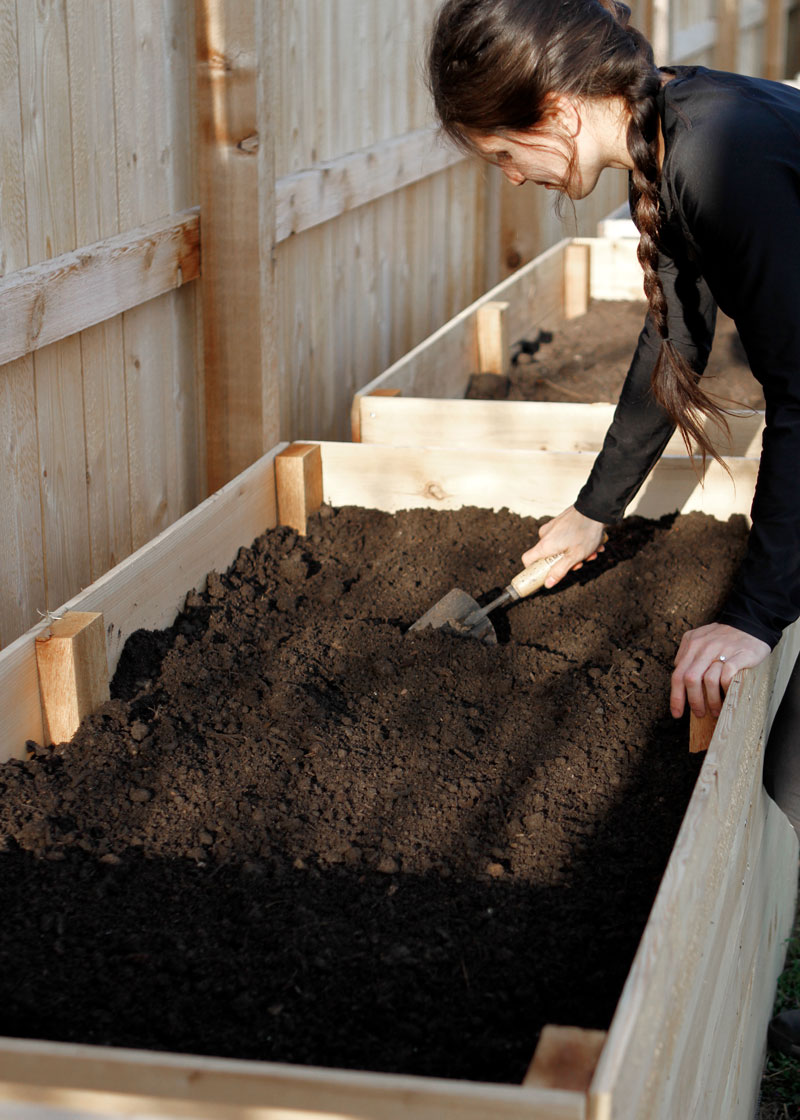
Layer 4: Plant
The garden bed is full and ready for all your wonderful seedlings! As stated previously, the first year of breakdown means the wood and fungi steal much of the nitrogen out of the surrounding environment. Planting crops that add nitrogen to the soil like legumes or species with minimal nitrogen requirements is advised unless there is plenty of green waste material on top of the woody layer. After the wood absorbs nitrogen it will start to break down and give nitrogen back in the process. The end result is a bed of nutrient-rich, fertile soil!
Layer 5: Mulch
Mulch is a top dressing or soil covering that protects soil, improves soil health, retains moisture, prevents evaporation, suppresses weeds, and adds additional organic material. There are a number of organic mulches including wood chips, straw, grass clippings, and shredded leaves.
WOOD CHIPS
A common misconception is that fresh wood chips tie up nitrogen during their decomposition. While nitrogen depletion will be a temporary problem it will only be right at the soil surface (one reason wood chip mulches are efficient at suppressing seed germination). As woodchips break down, they slowly provide small amounts of nutrients and increase the organic matter of the soil. Check out Chipdrop for free woodchip mulch deliveries!
STRAW
Straw is one of the best mulch materials because it is clean, light, and breaks down relatively easily yet slow to decompose. It doesn’t tie up nitrogen or other soil amendments either. Be careful not to confuse straw with hay, which can contain seeds that can sprout weeds. Barley, wheat, and rice straws are great options.
GRASS CLIPPINGS & SHREDDED LEAVES
Using fresh grass clippings as mulch can add back up to 25% of the nutrients that growth removes from the soil. Shredded leaves will also help enrich the soil. Keep in mind, wet grass clippings and unshredded leaves can mat down blocking air and water from penetrating the ground.
RELATED POST: How to Build a Raised Garden Bed
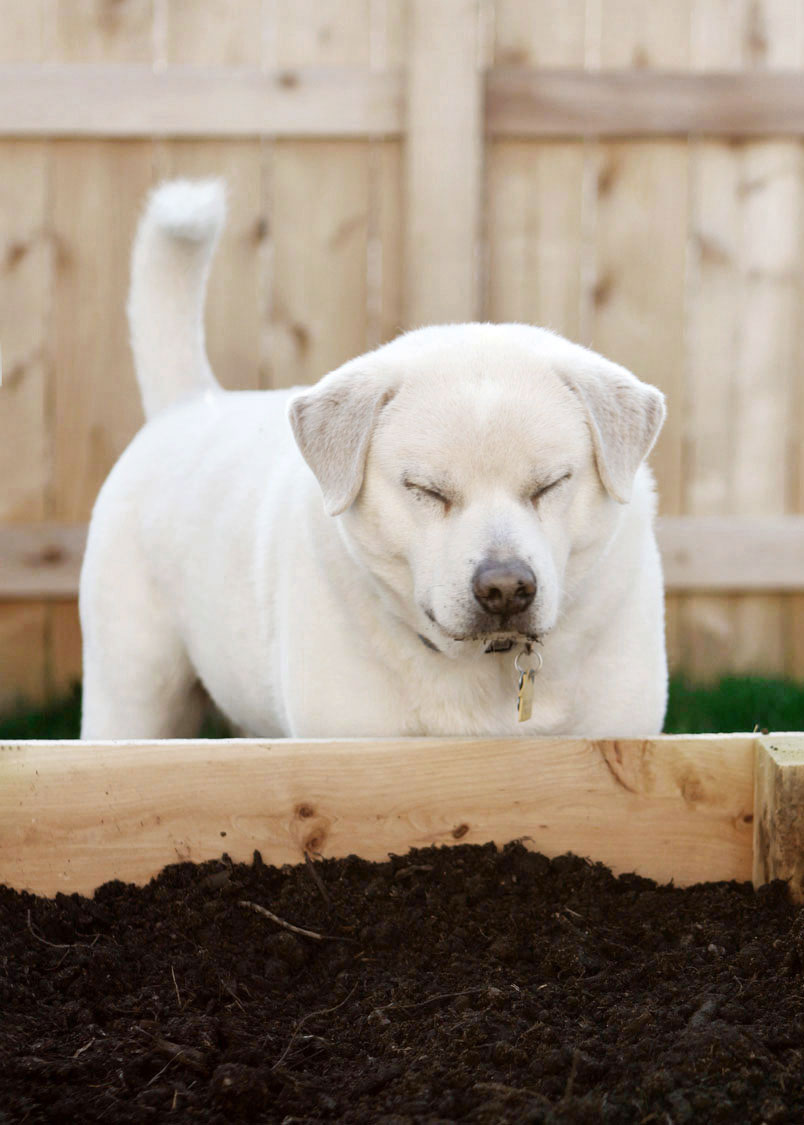
SOURCES
• The Farmer’s Almanac
• Biodynamic Gardening by DK
• The Art and Science of Making a Hugelkultur Bed by Melissa Miles
• Hugelkultur Gardening Technique Does not Result in Plant Nutrient Deficiencies and is a Potential Source Reduction Strategy for Yard Trimmings Wastes by Student Investigator Axel Adams and Advisors Dr. Philip Barak and Christy Davidson
⊙

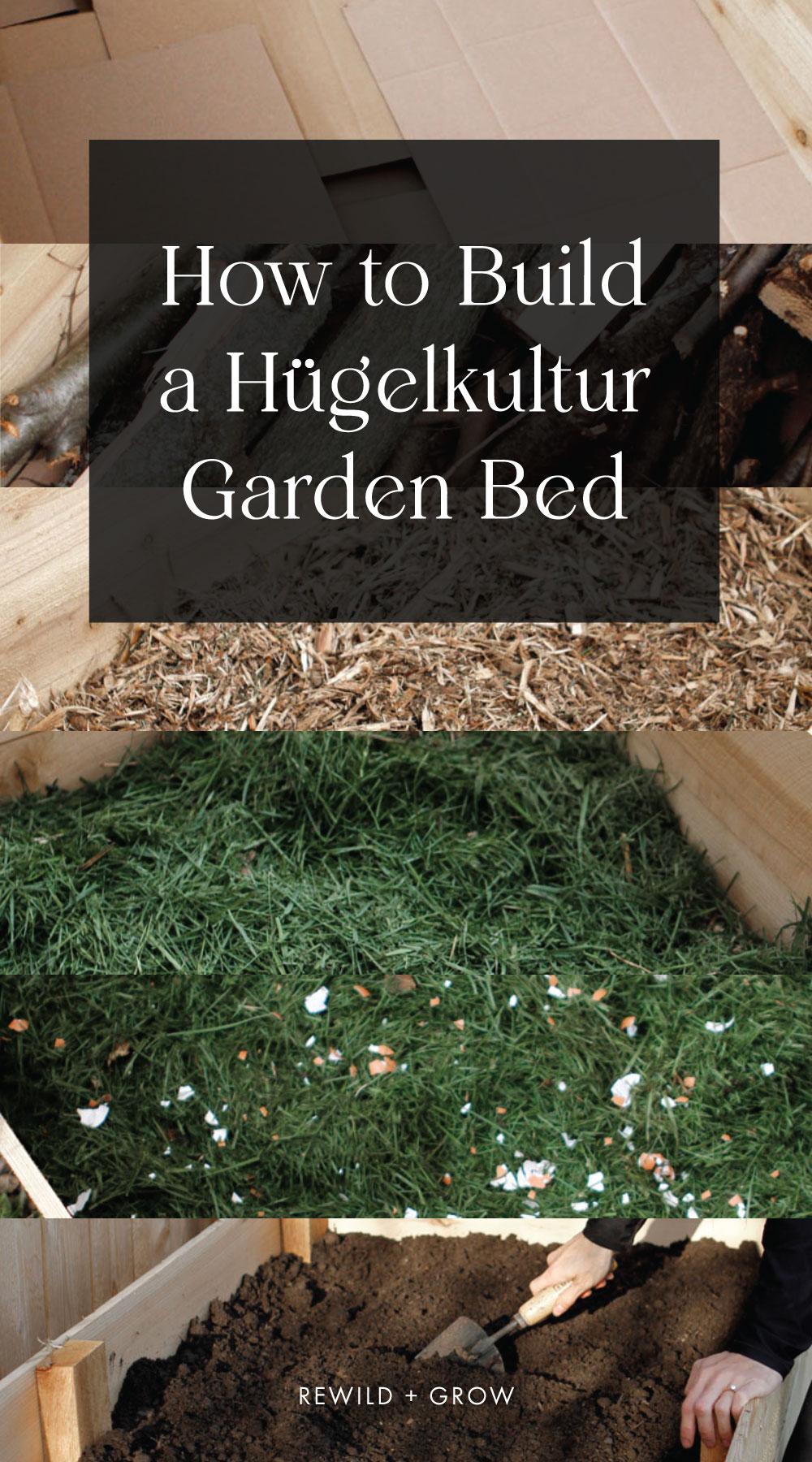




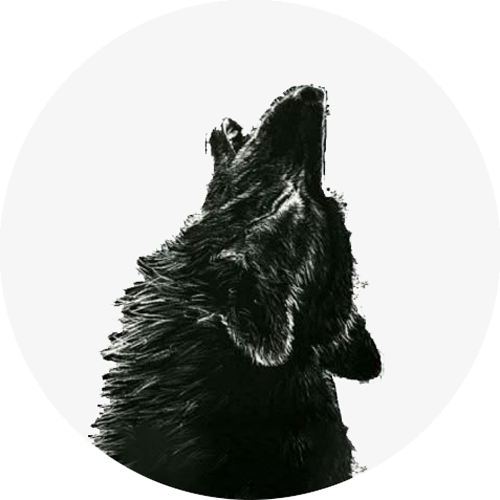
0 Comments